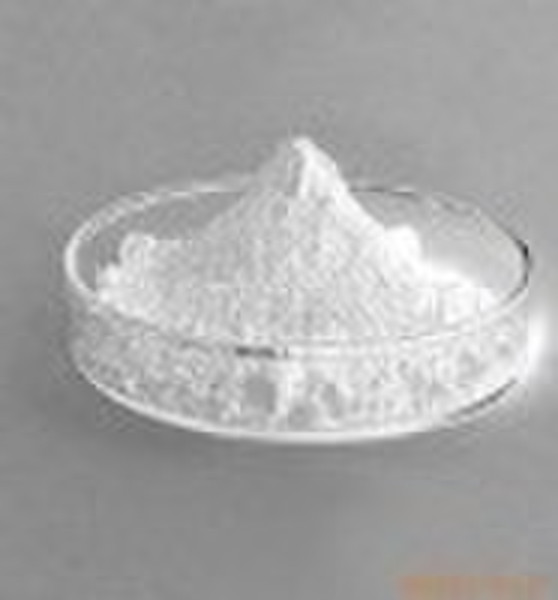Katalog
-
Katalog
- Auto & Motorrad
- Bauwesen und Immobilien
- Bekleidung
- Büro- und Schulartikel
- Chemikalien
- Dienstleistungen für Unternehmen
- Eisenwaren
- Elektrische Geräte & Zubehöre
- Elektronische Bauteile
- Energie
- Galanteriewaren
- Geschenke und Kunsthandwerke
- Gesundheit und Medizin
- Gummi und Kunststoffe
- Haus und Garten
- Haushaltsgeräte
- Koffer, Taschen & Hüllen
- Landwirtschaft
- Lebensmittel und Getränke
- Licht und Beleuchtung
- Maschinen, Geräte und Werkzeuge
- Maschinenteile und Herstellung Dienstleistungen
- Messapparat und Analysegerät
- Mineralien und Metallurgie
- Möbel
- Schuhe und Accessoires
- Schönheit und Körperpflege
- Service Geräte und -Ausstattung
- Sicherheit und Schutz
- Spielzeuge und Hobbys
- Sport und Unterhaltung
- Telekommunikations
- Textil und Lederware
- Transport
- Uhren, Schmuck, Brillen
- Umweltschutz
- Unterhaltungselektronik
- Verpacken und Drucken
- Werkzeuge
- Überschüssiger Warenbestand, Lager
Filters
Search
Natriumdiacetat
original-Preis: 700,00 USD
China

Lizzy Wu
Kontaktperson
Basisdaten
Sodium acetate (also sodium ethanoate) is the sodium salt of acetic acid.White crystal with acetic acid odor,can easily absorb moisture,easily soluble in water.This colourless salt has a wide range of uses. Food Sodium acetate may be added to foods as a seasoning. It may be used in the form of sodium diacetate — a 1:1 complex of sodium acetate and acetic acid,[1] given the E-number E262. A frequent use of this form is in salt and vinegar chips in the United States. Many US brands, including national manufacturer Frito Lay, sell "salt and vinegar flavored" chips that use this chemical, with lactose and smaller percentages of other chemicals, in lieu of a real salt and vinegar preparation.[2] Buffer solution As the conjugate base of a weak acid, a solution of sodium acetate and acetic acid can act as a buffer to keep a relatively constant pH. This is useful especially in biochemical applications where reactions are pH dependent. Heating pad Sodium acetate is also used in consumer heating pads or hand warmers and is also used in hot ice. Sodium acetate trihydrate crystals melt at 58 °C, dissolving in their water of crystallization. When they are heated to around 100 °C, and subsequently allowed to cool, the aqueous solution becomes supersaturated. This solution is capable of cooling to room temperature without forming crystals. By clicking on a metal disc in the heating pad, a nucleation center is formed which causes the solution to crystallize into solid sodium acetate trihydrate again. The bond-forming process of crystallization is exothermic, hence heat is emitted.[3][4][5] The latent heat of fusion is about 264–289 kJ/kg.[6] Unlike some other types of heat packs that depend on irreversible chemical reactions, sodium acetate heat packs can be easily recharged by boiling until all crystals are dissolved. Therefore they can be reused indefinitely.[7]
Lieferbedingungen und Verpackung
Packaging Detail: 1kg,25kg Delivery Detail: immediately
Hafen: Lianyunang,China
Zahlungsbedingungen
Letter of credit
Telegraphic transfer
MoneyGram
-
Zahlungsarten
Wir akzeptieren:









